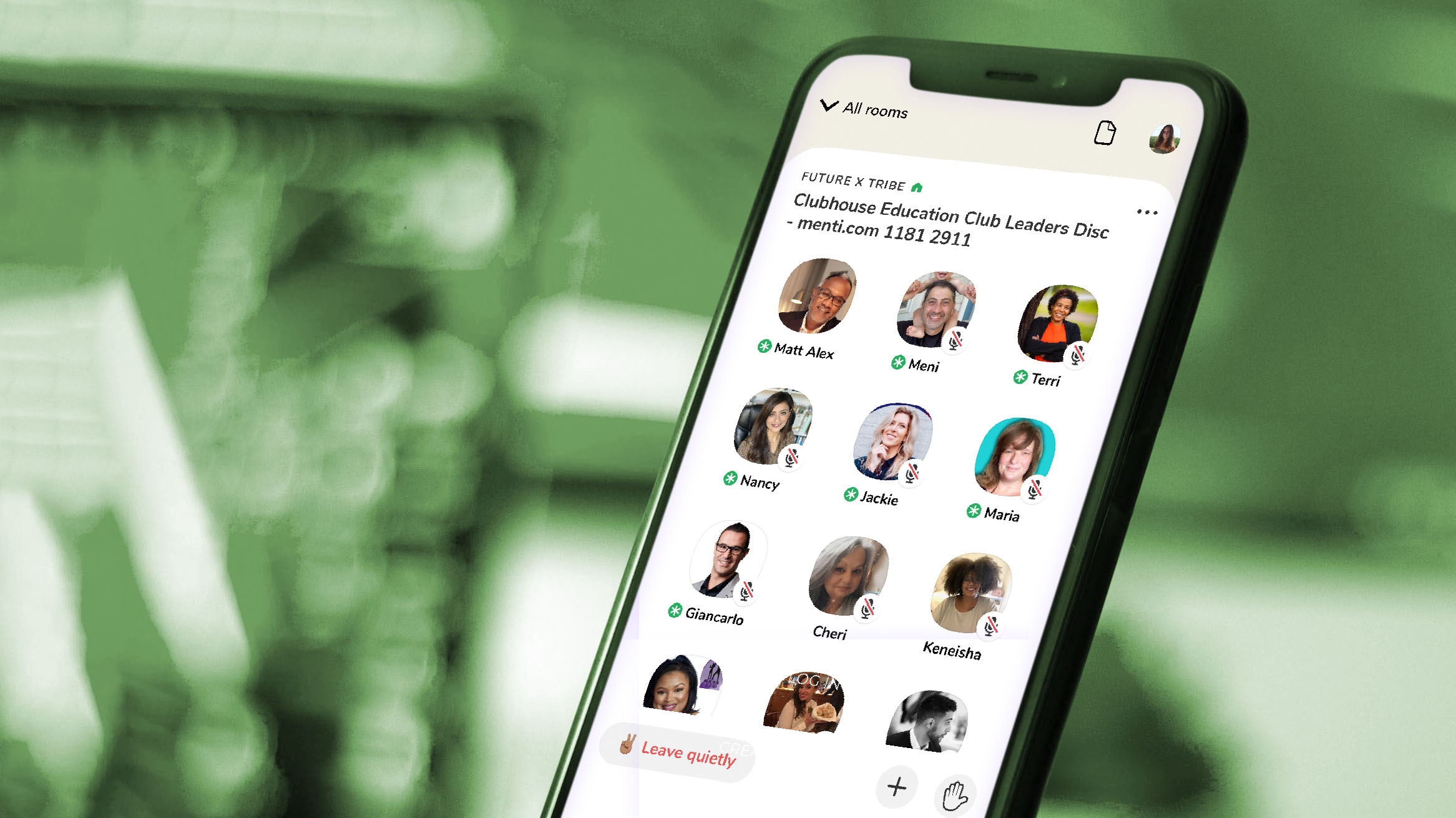Higher Education and the technology that drives it is changing at a lightning-fast pace. Naturally, institutions are turning to consultants to help them implement new technology and navigate the installation safely. Consulting is hugely beneficial to Higher Ed, helping them to expand and transform their capabilities. But not all Higher Ed consultants are the same. To avoid costly setbacks, inadequate tech, and diminished ROI, leaders must be aware of the 4 major flaws in traditional Higher Ed consulting.
1. Certified Consultants – What That Really Means?
Software vendors and system integrators tout the number of certified consultants they can provide. But what does it really mean to be “certified”?
A certification simply verifies that outside providers have passed a test validating their knowledge of the basic architecture of a system, a general understanding of how to configure the software out-of-box. By nature, certification tests are designed to cover the broadest functionality—not the nuances required by a specific industry such as higher education. A certification can only confirm that a consultant knows the very basic functions of the software. It does not guarantee they know how to configure the system to meet the unique needs of your campus.
This is not to say that certifications are without value, just be sure to keep that value in context. A base-level of knowledge is crucial, but so is the added expertise that certifications do not necessarily provide.
If you have ever found yourself in a conversation with a vendor when they could not provide any assurance that your specific needs could be met with the software they provide, then you understand the difference between someone who has passed a test and someone who is an industry expert.
Additionally, when major software updates occur, some consultants are not required to re-take their certification test. They become “grandfathered in” to the program, even if the software has completely evolved since its conception. This creates incompetence within the consultant space.
It explains why many consultants are competent technologists who understand bits and bytes but do not have the knowledge or expertise to advise schools on contemporary software design and architecture.
That gap causes several schools to struggle through implementation, resulting in delays, cost overruns, and poorly configured software that does not meet the institution’s needs—effects that can impact the school for years.
So, while software and system integrators may boast the number of certified resources they can provide, Higher Ed must recognize that one week of technical training on a platform does not necessarily mean that person is capable of advising you on the strategic architecture of a campus system that will work seamlessly and specifically for you.
2. The Consultant – Who Do They Really Represent?
Let us not confuse having a consultant assigned to your implementation with having a consultant who is dedicated to your outcomes. Remember, consultants are paid by the software vendor or system integrator and are therefore loyal and beholden to the software they make a living on.
In some cases, consultants stay silent when they recognize gaps in the platform’s capabilities when it comes to meeting your needs. They may know that their new product is not ready or is not customizable enough to meet the needs of your campus. However, to admit that would mean a canceled contract.
Certified consultants are not likely (or even allowed) to recommend a product from another vendor—even when they know that a different software would be better for you. Consultants can only recommend a solution from the assigned vendor or the consulting firm they work for. So emerges a very dangerous conflict of interest.
That is why schools—even with the support of their “certified consultants” have struggled through the design and implementation of their new ERP/ SIS applications.
The truth is, the ERP/SIS was probably never the right fit for that school.
3. The Go-Live Utilization Model
It is important to point out that the traditional consulting model is built on the 40-hour workweek; consultants are hired by a firm as full-time employees for a fixed wage. Those consultants are then dispersed to clients for a fee higher than what they pay the consultant. There is nothing wrong with that until you recognize that a consulting firm’s top priority is to keep their utilization of staff, or outside billing, as close to 100% as possible.
This drives firms to load implementation projects with 40-hour work weeks billed to you, the client, in consecutive weeks leading up to a go-live. In this model, the consulting firm’s main goal becomes to take a school live, not to install the new system in a way that provides the best outcomes post-launch.
The result of this outdated business model makes consulting engagements needlessly expensive and has a devastating impact on ROI for the school.
It is especially damaging for small schools with already strained budgets, schools that often must opt-out of implementing new and increasingly essential technology.
That digital divide driven by income disparity has always existed in Higher Ed, but the pandemic has shed new light on the inequality. Larger institutions can afford to pay consultants for endless rounds of 40-hour workweeks. But the mid-market community colleges and HBCU institutions, the schools that need the most help and are in the crosshairs of the pandemic, are left out to dry.
This digital inequality demands a transformation in Higher Ed consulting.
4. Resource Allocation
One of the most costly inefficiencies Higher Ed has been experiencing for more than two decades is allocating expensive (and often inexperienced) consulting resources to tasks that do not really require consulting, at least not according to the textbook definition.
To understand this claim, let us identify what is expected of a consultant. In their article, Consultancy.uk defines a consultant as this:
“A consultant is a person who provides professional or expert advice in a particular field of science or business to either an organization or individual, and the consultant provides expertise that a client lacks or support that a client is unable to fulfill.”
The latter part of this definition is what we need to focus on.
For the past 20 years, the traditional consulting model took on roles and completed activities on behalf of the client at an extremely high hourly rate. Many of these roles could have been fulfilled by the client themselves, or other human resources, at a significantly lower cost. In other words, consulting firms (who need to keep their people billing 40 hours a week) have guided clients to use them for activities that do not require a consultant.
Here is a short list of low-cost, non-consulting activities that have been billed at high rates by traditional consulting for the last 20 years:
- Configuration
- Testing
- Training
- Production Support
Just because a school may not have had the bandwidth or internal expertise to do these tasks, does not mean they are activities that fit the expert consulting definition (or price point). At best, they fit the definition of gig work or staff augmentation.
In the long run, it is much more cost-effective to use internal resources who know your school to do these tasks with better efficiency. And an experienced project manager who understands your culture can certainly add value to the process.
In fact, spending money and resources on a more educated internal team is sometimes more valuable than hiring an outside consultant. Many software firms offer certification in their software to clients or prospective clients. Having someone from your organization get certified in the software gives your school the best of both worlds. You end up with someone who knows the architecture of the software as well as how your organization works. It saves money and speeds up the implementation by reducing rework and costly configuration mistakes that so often plague schools for decades.
The short-term investment needed to free up your internal resource to go through certification is well worth it. The same can be said for testing, training, and production support.
You Control Your Consulting
The purpose of this article is not to villainize software vendors and their certified consultants, but it is a warning that their agenda does not necessarily align with yours. So, before you start any technology implementation, clearly define how you are going to use consultants and what their qualifications need to be for the various roles you envision. Having this framework puts you in control of the consulting relationships. Identify the right resources (both internal and external) so the right things can be done by the right people for the right cost.
Beyond Academics can assist you in this pre-implementation strategy so that you can move through the buying, design, and go-live process with confidence that you have stewarded the process properly. For now, start with this:
First, make sure any consultant you bring on comes to the table with a deep understanding of how higher education works and is committed to working for you, not the software vendor. Ensure they can provide you strategic, outcomes-based guidance—not just technical setup and wrench-turning.
Next, recognize that, while there are many vendors and system implementors who want to bring true long-term value, others see you as a revenue opportunity. Sometimes, their true motivation is to sell licenses and 40-hour workweeks for their consultants. They may call themselves “partners,” but they take no stake in your long-term success. Their objective is to get you live and move on to the next client. You are the one who gets left behind to deal with the results. You need to learn how to identify and separate the two groups.
Finally, own your implementation. Do not be tempted by the false economy of hiring full-time consultants supported by part-time institutional resources. It may feel cozy to be surrounded by lots of people billing $200+ per hour, but that does not mean guaranteed success.
It is much more cost-effective to provide full-time resources from within the school and pay for the staffing backfill while using implementation consultants to solve specific technical problems under your oversight.
Also, consider looking for software-agnostic consulting firms. They are more likely to find the ideal fit for your school, rather than working to convince you that their vendor’s product can be customized for any school (because it cannot).
Always remember that the decisions you make will impact your institution long after your consultants are gone. You are building the future of your school—do not leave it to inadequate software provided by unaligned consultants.





















